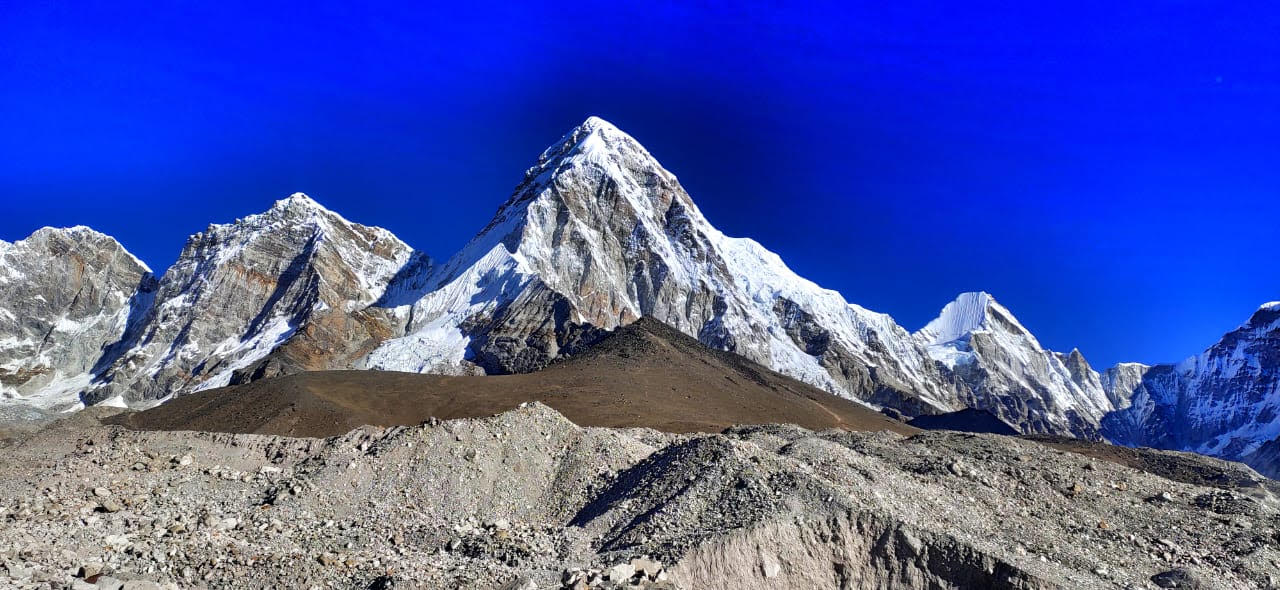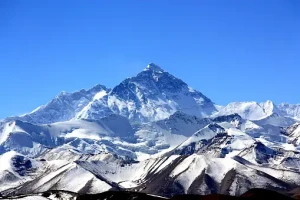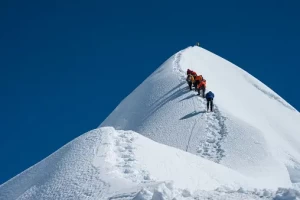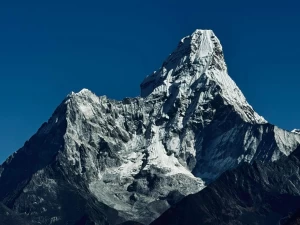
News & Blog
The Everest Region, or Khumbu, is a dream destination for trekkers and adventurers worldwide. Dominated by the towering Mount Everest, this region offers some of the most spectacular landscapes and challenging trails on Earth. Whether you’re a seasoned trekker or a first-time adventurer, the journey to Everest is an experience that will leave an indelible mark on your soul.
Journey to the Top of the World: Highlights of the Everest Region
1. Preparation and Acclimatization
Before setting foot on the trails of the Everest Region, preparation is crucial. The high altitude and challenging terrain demand physical fitness and mental resilience.
Physical Fitness: Engage in regular cardio workouts, strength training, and practice hikes. Building stamina and endurance will make your trekking experience more enjoyable.
Acclimatization: Gradual acclimatization is vital to prevent altitude sickness. Plan your itinerary to include rest days for acclimatization, allowing your body to adjust to the thinning air.
2. Iconic Trekking Routes
The Everest Region offers several trekking routes, each providing unique experiences and breathtaking views. Here are some of the most popular ones:
Everest Base Camp Trek: The classic trek to Everest Base Camp (EBC) is a bucket-list adventure. Starting from Lukla, the trail takes you through picturesque Sherpa villages, lush forests, and rugged landscapes. Highlights include the bustling Namche Bazaar, the serene Tengboche Monastery, and the awe-inspiring Khumbu Icefall. Reaching EBC at 5,364 meters, with the towering peaks of Everest and Lhotse in view, is a moment of triumph.
Gokyo Lakes Trek: For those seeking a less crowded alternative, the Gokyo Lakes Trek is a gem. This route offers stunning views of turquoise glacial lakes and the magnificent Ngozumpa Glacier. The ascent to Gokyo Ri provides panoramic vistas of Everest, Cho Oyu, and Makalu.
Three Passes Trek: For the ultimate trekking challenge, the Three Passes Trek is unparalleled. This demanding route crosses three high passes – Kongma La, Cho La, and Renjo La – offering some of the most spectacular views in the Everest Region. The trek also includes visits to EBC and the Gokyo Lakes.
3. Cultural Encounters
Trekking in the Everest Region is not just about the mountains; it's also about immersing yourself in the rich Sherpa culture.
Sherpa Villages: Experience the warmth and hospitality of the Sherpa people in villages like Namche Bazaar, Khumjung, and Pangboche. Visit local monasteries, interact with the villagers, and gain insights into their way of life.
Tengboche Monastery: The spiritual heart of the Khumbu region, Tengboche Monastery, is a must-visit. Situated at 3,867 meters, this Buddhist monastery offers a serene setting with stunning views of Everest and Ama Dablam. Participate in a prayer ceremony for a truly spiritual experience.
4. Natural Wonders
The Everest Region is a treasure trove of natural beauty, with landscapes ranging from lush forests to stark alpine deserts.
Sagarmatha National Park: A UNESCO World Heritage Site, this park is home to diverse flora and fauna. Keep an eye out for Himalayan tahr, musk deer, and the elusive snow leopard.
Kala Patthar: For the best views of Everest, a hike to Kala Patthar is a must. At 5,545 meters, it offers a panoramic view of Everest, Nuptse, and Changtse. Sunrise and sunset from Kala Patthar are simply magical.
5. Challenges and Rewards
Trekking in the Everest Region comes with its challenges, including high altitudes, unpredictable weather, and rugged trails. However, with proper preparation and a positive attitude, these challenges become part of the adventure.
The rewards are immense. The sense of accomplishment upon reaching Everest Base Camp, the camaraderie with fellow trekkers, and the breathtaking beauty of the Himalayas make every step worthwhile.
6. Sustainable Trekking
Preserving the pristine environment of the Everest Region is crucial. Practice Leave No Trace principles, respect local customs, and support eco-friendly trekking initiatives. Responsible trekking ensures that future generations can also experience the magic of the Himalayas.
A trek in the Everest Region is more than just an adventure; it’s a journey into the heart of the Himalayas and the soul of the Sherpa culture. Whether you’re standing at the foot of Everest or gazing at the Gokyo Lakes, the experiences and memories you gather will stay with you forever. So, gear up, take a deep breath, and embark on this extraordinary journey. The trails of Everest are calling, and the adventure of a lifetime awaits.




